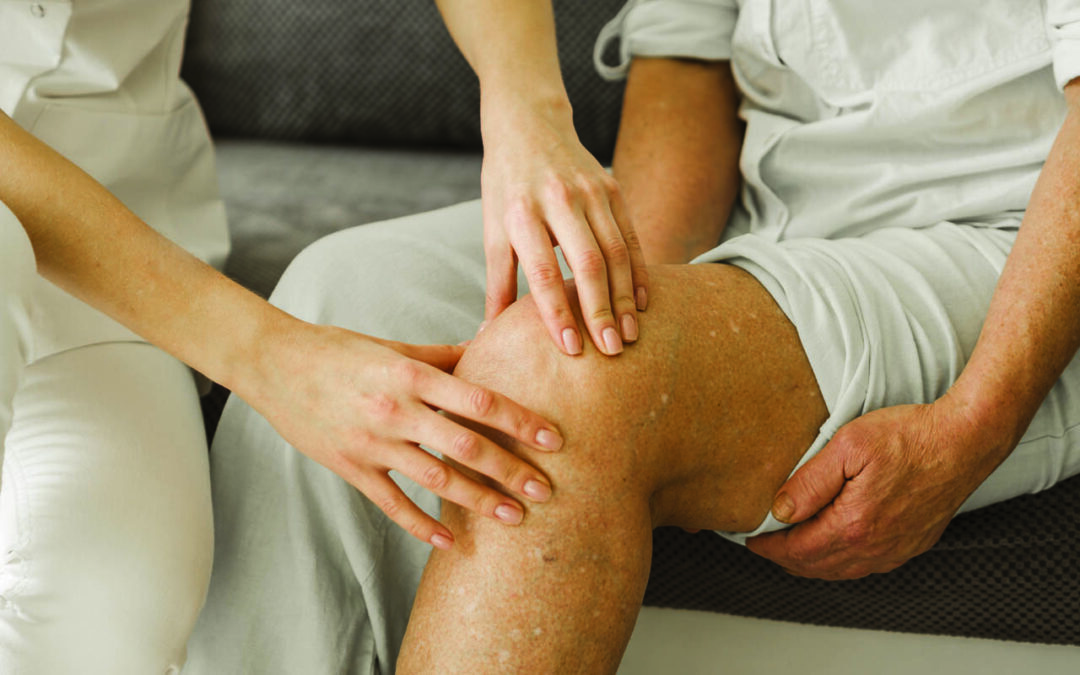Venous disease harms your veins, which are the tubes carrying blood without oxygen from your organs and tissues to your heart. Arteries, on the other hand, transport oxygen-rich blood from your heart to your organs and tissues. To make this happen, they must work against gravity. Small valves inside each vein usually help with this. These valves shut firmly if blood attempts to flow in the opposite direction. Venous diseases come in various forms and can emerge due to a variety of causes. Let us discover the causes, symptoms, and risk factors involved in this.
Reasons behind the venous disease
If you have vein problems, your leg vein valves do not function properly. They might start to leak or stop working properly. When this occurs, blood can get stuck in your legs and that will increase the pressure inside them. There are many reasons we can consider which can cause valve dysfunction such as leg vein malformations present since birth, changes in your leg veins that disrupt their normal function, and can lead to a variety of venous disorders. Some of the more frequent disorders are deep vein thrombosis (DVT), chronic venous insufficiency (CVI), varicose, and spider veins.
What are the symptoms associated with vein disease?
When blood vessels begin to enlarge causing high blood pressure in the veins it leads to various uncomfortable and unpleasant symptoms such as:
- Swelling in ankles
- Itchiness in legs
- Warm and burning sensation in ankles
- Leg pain
- Inflamed vein
In CVD, a clear sign is higher blood pressure in the veins, which we call venous hypertension. This triggers several pathways of inflammation to become active. Additionally, when blood does not flow well in the veins, it can show up as darker patches on the skin (hyperpigmentation) or scar-like marks from poor healing of injuries. There is a high risk of leg ulcers and skin infections.
Risk factors involved in venous disease
You need to understand how various factors that raise the likelihood of vein problems contribute to the development of moderate to severe vein diseases. Vein problems might run in families, so if your family has a history of DVT or CVI, you could be at higher risk. Being overweight, getting older, and mainly women face a greater risk than men because of hormonal factors or increased blood flow while pregnancy.
Various risk factors involved:
- Obesity
- Family history
- History of blood clots
- Pregnancy
- Lower limb injury
- Cigarette smoking
- Age (>50 years)
- Lack of exercise
There are so many risk factors involved in venous disease, it is important to closely watch your diet and way of living to avoid blood clots and other issues caused by poor blood flow. One of the major complications of venous disease is varicose veins which can further lead to leg ulcers. Therefore, taking preventive measures is very important in this condition to avoid such complexities.
It is time to contact or visit a vein specialist to discuss your symptoms and potentially discover ways to get rid of any venous disease.

